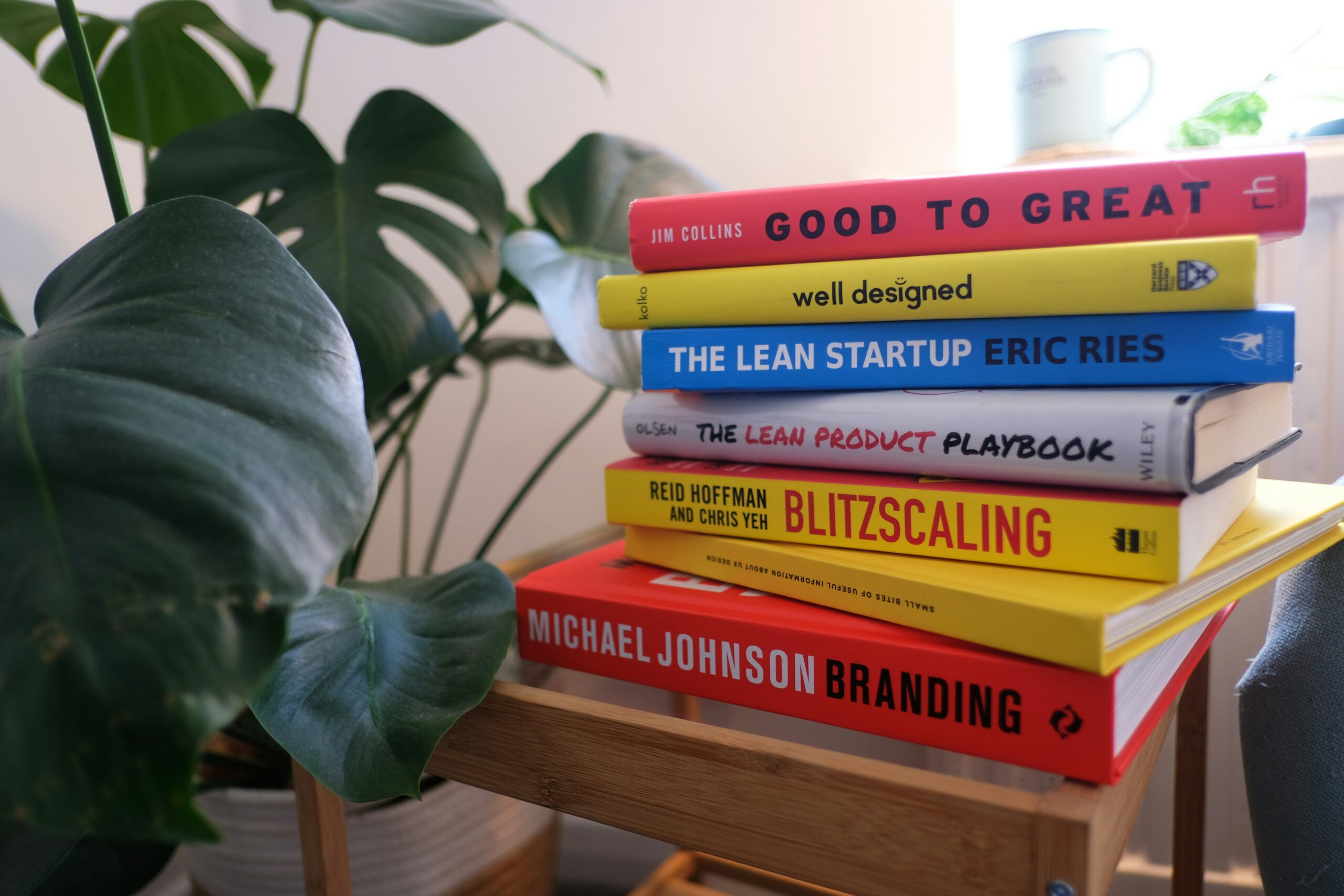User Experience In The Age Of Sustainability
Welcome to a world where user experience and sustainability are joining forces to shape the way we interact with products and services. In this age of heightened environmental awareness, the connection between user experience design and sustainable practices is becoming increasingly vital. Let’s delve into how designers are incorporating sustainability principles into user experience strategies, paving the way for a more eco-conscious digital landscape.
1. Exploring the Connection Between User Experience and Sustainability
User experience and sustainability may seem like distant concepts, but in reality, they are intricately linked. Consider this: a seamless digital interface that enhances user satisfaction while also minimizing energy consumption is the epitome of blending UX with sustainability. The way we design websites, apps, and products can have a significant impact on the environment.
When users encounter intuitive interfaces that guide them effortlessly towards their goals, it not only improves their experience but also reduces frustration and wasted energy. By optimizing processes and simplifying interactions, designers can create more sustainable experiences that benefit both users and the planet.
Sustainability in user experience extends beyond just reducing carbon footprints; it encompasses ethical considerations as well. Designers must prioritize accessibility for all users, regardless of physical abilities or technological limitations. A sustainable UX approach ensures inclusivity by making products usable by diverse audiences.
Furthermore, considering the lifecycle of digital products is crucial in promoting sustainability. Design decisions made early on can influence how long a product remains relevant and functional before being discarded. Embracing principles of longevity and repairability leads to less electronic waste generation in the long run.
Innovative technologies such as AI and machine learning offer opportunities to enhance user experiences while simultaneously reducing environmental impact. Personalized recommendations based on algorithms can streamline user journeys, saving time and resources for both individuals and businesses alike.
Collaboration between UX designers, environmental experts, policymakers, and consumers is essential to drive meaningful change towards sustainable practices in the digital realm. By fostering dialogue and sharing best practices across industries, we can collectively work towards a more eco-conscious future where user experience aligns harmoniously with sustainability goals.
As we continue exploring the dynamic relationship between user experience design and sustainability initiatives will undoubtedly uncover even more innovative solutions to shape a greener tomorrow without compromising usability or enjoyment for end-users.
2. Progress Made by Designers in Promoting Sustainable User Experience
As the world becomes more environmentally conscious, designers are stepping up to promote sustainable user experience. They are integrating eco-friendly practices into their design processes and creating products that prioritize sustainability without compromising on functionality or aesthetics.
Designers have made significant progress in using recycled materials, reducing waste, and designing products that can be easily repaired or recycled. By incorporating sustainable materials like bamboo, cork, or recycled plastic into their designs, they are reducing the environmental footprint of their products.
Furthermore, designers are focusing on energy-efficient design solutions to minimize power consumption. This includes optimizing interfaces to reduce screen brightness automatically or implementing power-saving modes to prolong battery life.
Another aspect where designers have excelled is in creating intuitive designs that encourage users to adopt eco-friendly behaviors. For example, they might design apps with features that track carbon footprints or make it easy for users to engage in sustainable practices like recycling or reducing energy usage.
Collaboration between designers and sustainability experts has also been instrumental in driving progress towards sustainable user experience. By working together, they can combine expertise in both areas to create innovative solutions that benefit both users and the environment.
Moreover, designers have been actively promoting a circular economy mindset by designing products with longevity in mind. Instead of following the traditional linear model of producing-consumption-disposal, they aim for products that can be reused or repurposed at the end of their lifecycle.
The progress made by designers in promoting sustainable user experience is commendable. It showcases a shift towards more mindful and responsible design practices aimed at creating a better future for both users and the planet alike.
3. The Case for Joint UX Research and Sustainability Initiatives
In the age of sustainability, the collaboration between User Experience (UX) research and sustainability initiatives is crucial. By joining forces, designers can create products and services that not only meet users’ needs but also minimize their environmental impact. This partnership allows for greater innovation in creating sustainable solutions that enhance user experiences.
Together, UX researchers and sustainability advocates can conduct comprehensive studies to understand how users interact with environmentally friendly products. By gathering insights from both fields, companies can develop strategies to design more sustainable offerings while ensuring a positive user experience. This joint effort paves the way for a future where sustainability is seamlessly integrated into every aspect of product development.
As we move forward, it’s essential for organizations to prioritize collaborations between UX research and sustainability initiatives. By working together, we can create a world where sustainable practices are ingrained in the very fabric of user experiences, leading us towards a brighter and more eco-conscious future.

